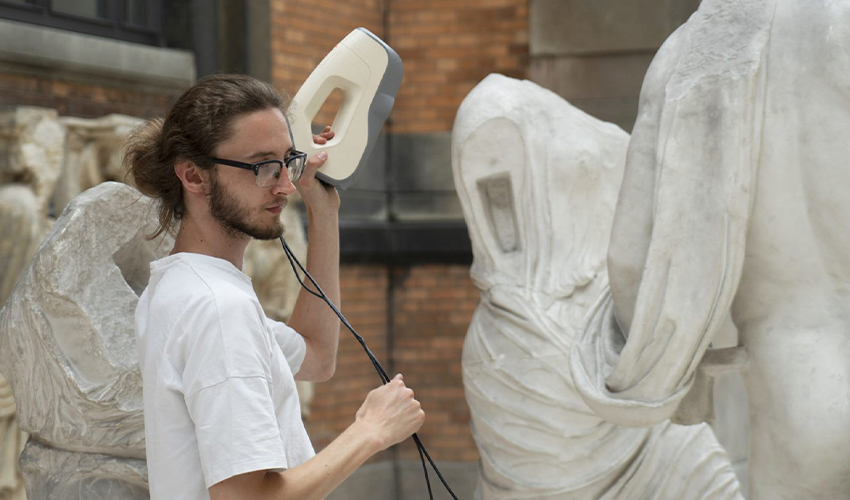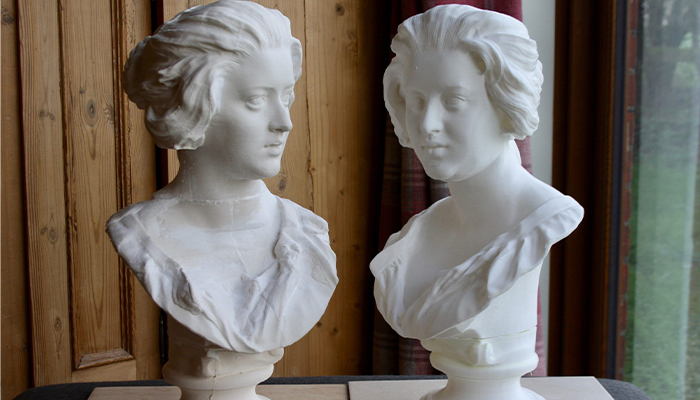Scan the World and its Open Source 3D models of Cultural Artifacts

For several years, many artists have used 3D printing to create their works. American-Israeli artist, Neri Oxman, for example, is known internationally for her 3D printed designs. In the United States, England and South America, several artists have happily turned to additive manufacturing to achieve their works of art. To accentuate the practice of this type of art, a community initiative called Scan the World was born in London in 2014. An ambitious project that makes 3D models of sculptures and other cultural works available to the public. The initiative relies on multiple 3D scanning techniques which make it possible to obtain scans of works of art.
Scan The World wishes to develop its collection of open-source 3D printable works of art, through its recent partnership with Google Arts & Culture, an online platform offering images and videos from more than 2,000 museums. A collaboration designed to make art more accessible through 3D technologies, and to encourage artists and enthusiasts to 3D print the works themselves. Art lovers can find the 3D models on the MyMiniFactory website. Of course, it is possible to download them in STL format in order to 3D print them from your own 3D printer. At the moment there are more than 17,000 3D models in the Scan the World collection, which is growing steadily. And if at the beginning, the project had difficulty in seducing cultural institutions, more and more institutions recognize the interest of the approach.

Over 17,000 models are available for free thanks to Scan the World (photo credits: Abbey Ellis)
Art and 3D printing, future collaborations to come?
As the use of 3D printing in art becomes more and more popular, museums are legitimately interested in the issue. Since its creation, Scan the World has collaborated with more than 50 institutions and does not intend to stop there. Especially since some museums, such as the Victoria and Albert Museum in London, do not hesitate to exhibit 3D printed works. In 2016, the London museum had already invited Scan the World for the exhibition “A World of Fragile Parts”.
In the future, 3D printing and art enthusiasts can rightly expect to see these types of initiatives grow. For the moment, 3D printing is mainly used by museums to allow visually impaired people to discover exhibitions. This was notably the case at the Prado museum or in the Grand Est region, with the French consortium Smart Art. Collaborations that are currently rare, but which could become more democratic over time.
You can access Scan the World’s 3D models on MyMiniFactory, HERE. What do you think of using 3D printing in art? Let us know in a comment below or on our Facebook, Twitter and LinkedIn pages! Sign up for our free weekly Newsletter here, the latest 3D printing news straight to your inbox!






